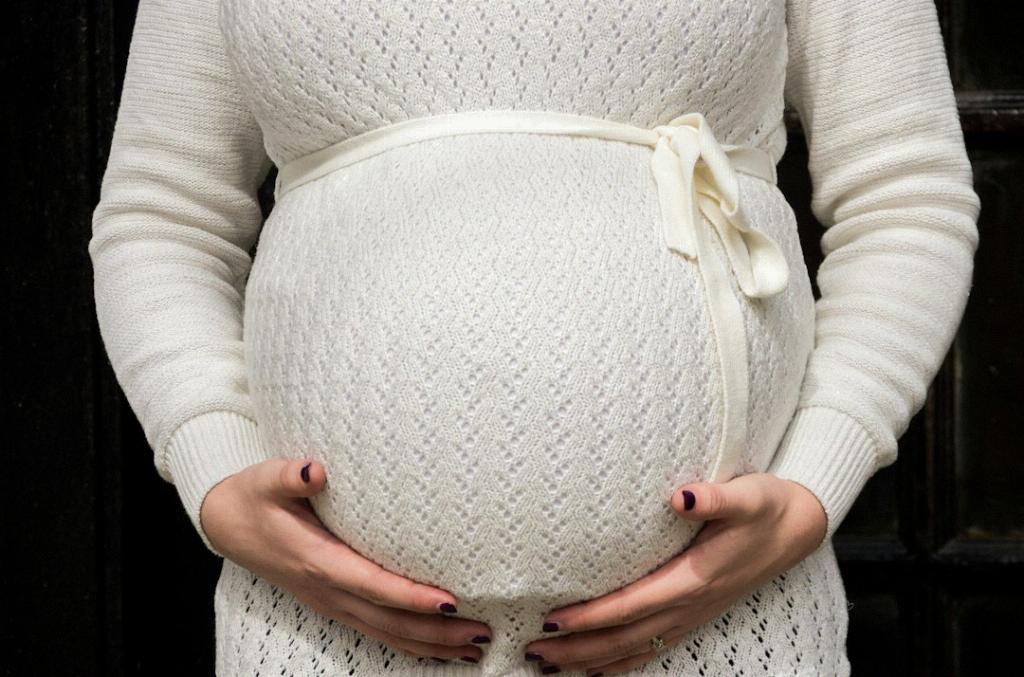One of the earliest signs of pregnancy that many women notice is changes in the areolas, the darker area surrounding the nipples. These changes can manifest in various ways, including enlargement, darkening, and increased sensitivity. The reason behind these changes lies in the hormonal shifts that occur in the body during early pregnancy.
As soon as conception takes place, the body begins producing higher levels of hormones, such as estrogen and progesterone, to support the developing pregnancy. These hormonal changes can directly impact the breasts and cause the areolas to undergo modifications. In some cases, these changes can be noticeable as early as one to two weeks after conception, making them one of the earliest physical signs of pregnancy.
Enlargement of the areolas is a common occurrence during pregnancy. The areolas may become larger in size and more prominent than they were before conception. This enlargement is often accompanied by darkening of the skin around the nipples, giving them a darker and more pigmented appearance. These changes are primarily due to increased blood flow to the breasts and the hormonal influence on the skin pigmentation.
Furthermore, the areolas may also become more sensitive during early pregnancy. This heightened sensitivity is often attributed to the increased blood flow to the breasts and the hormonal changes affecting the nerve endings in the area. Some women may find that their nipples and areolas feel tender or sore to the touch, especially in the first trimester.
While changes in the areolas are a common and usually harmless occurrence during pregnancy, it is essential to monitor them for any unusual or concerning symptoms. If you notice any sudden or extreme changes in the appearance of your areolas, such as severe pain, itching, or discharge, it is advisable to consult with your healthcare provider to rule out any underlying issues.
It is important to remember that every woman’s body responds differently to pregnancy, and not all women will experience the same extent of changes in their areolas. Some women may observe subtle modifications, while others may notice more pronounced alterations. These individual variations are entirely normal and do not necessarily indicate any problems with the pregnancy.
During the course of pregnancy, the areolas may continue to evolve and change in response to the ongoing hormonal fluctuations in the body. While most changes in the areolas are temporary and will gradually revert to their pre-pregnancy state after childbirth, some women may experience lasting modifications in the appearance of their nipples and areolas.
It is essential for pregnant women to practice good breast care and hygiene during pregnancy to prevent any discomfort or complications associated with changes in the breasts and areolas. This includes wearing supportive and comfortable bras, maintaining proper hygiene, and discussing any concerns or unusual symptoms with a healthcare provider.
In conclusion, changes in the areolas, such as enlargement, darkening, and sensitivity, can occur as early as one to two weeks after conception and are considered normal and expected manifestations of pregnancy. These changes are primarily influenced by hormonal shifts in the body and are part of the natural process of preparing the breasts for lactation and breastfeeding. While monitoring these changes is important, most women will find that their areolas return to their pre-pregnancy state after giving birth.

